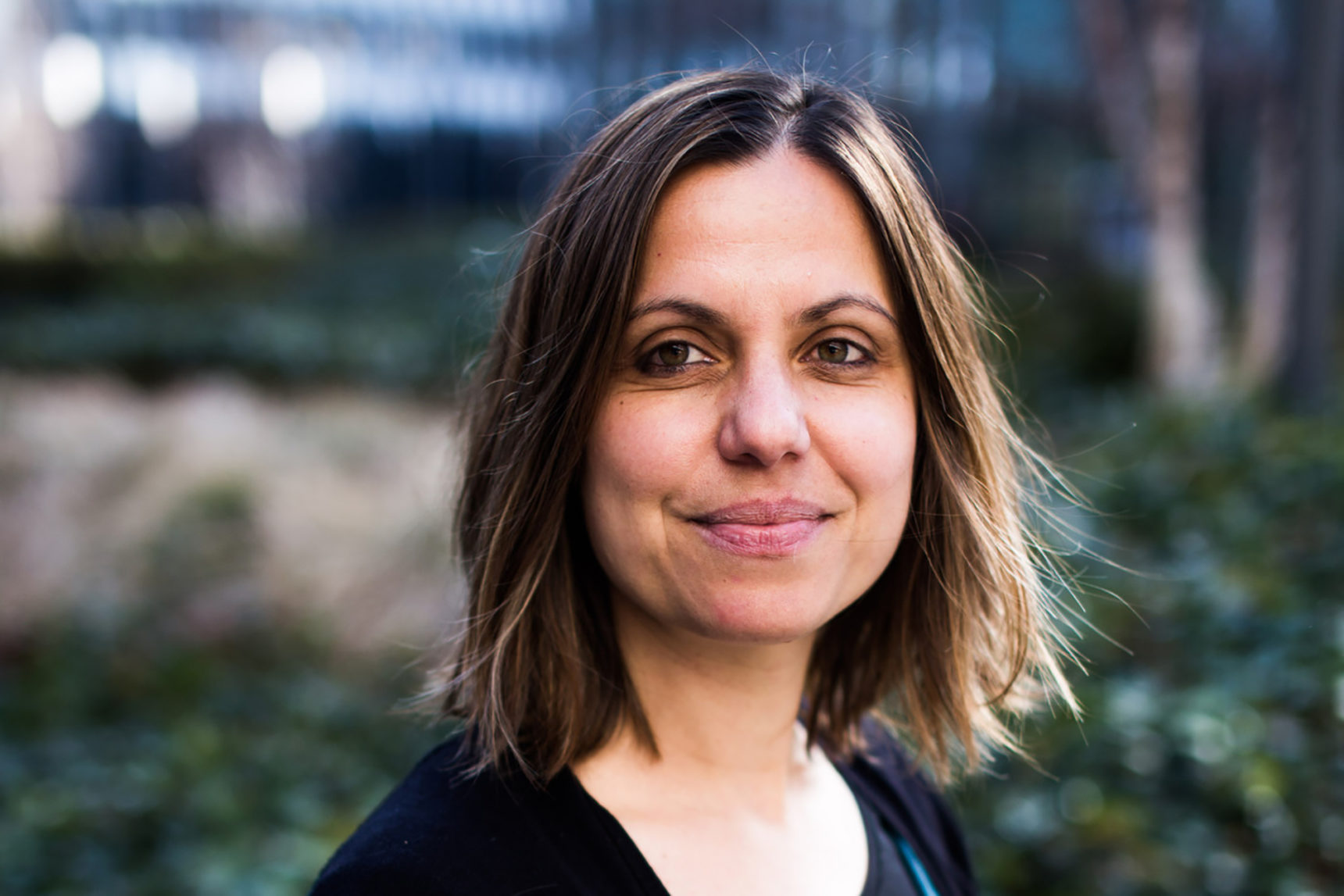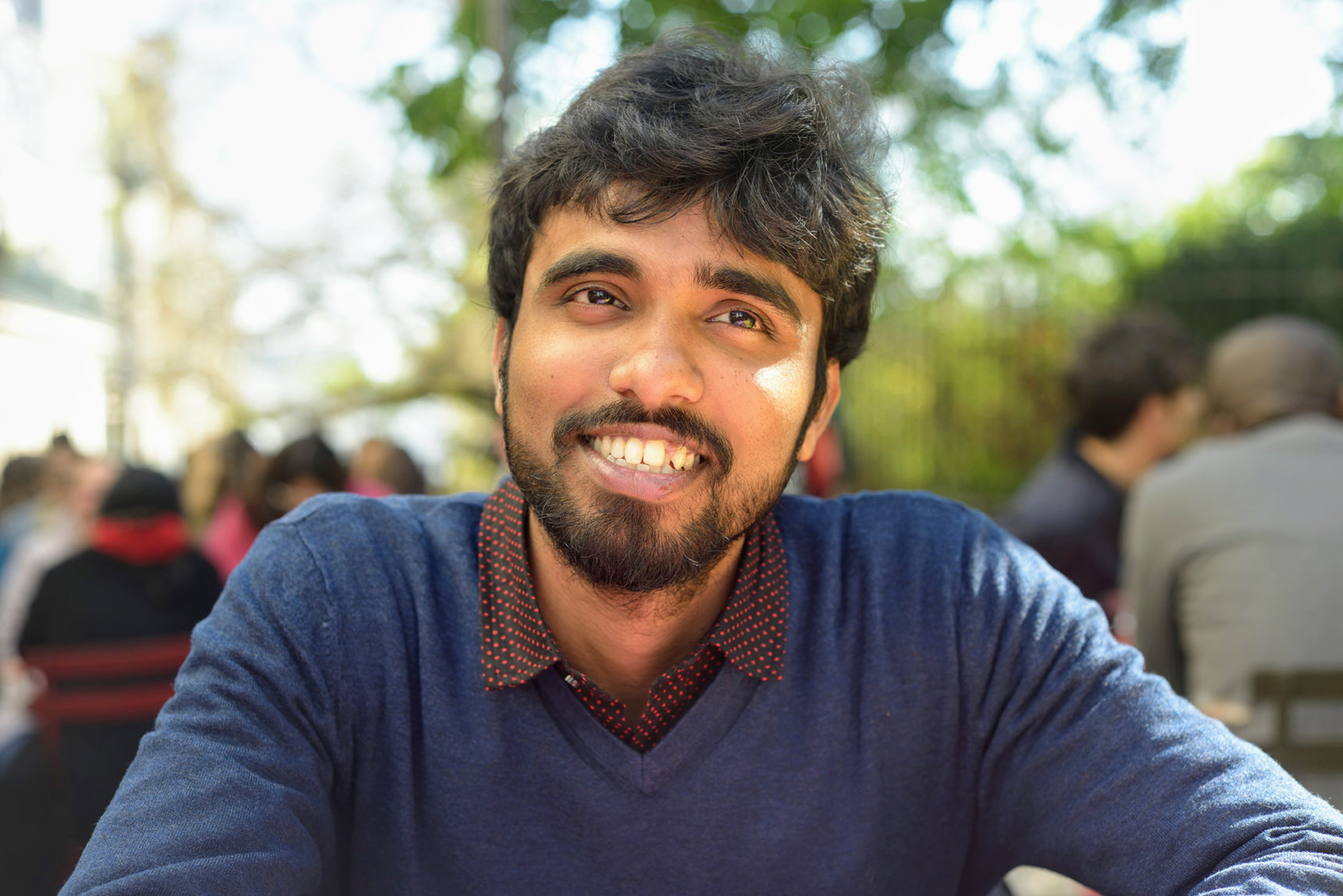A landmark experiment has proven that quantum messaging is faster than classic
- Transfer
Researchers at the Paris laboratory for the first time showed that quantum methods of information transfer are better than classical ones.

Quantum communications allow you to send information of a certain type using exponentially fewer bits than is required for classical communications.
Quantum computers are still a dream, but the era of quantum communications has already arrived. A new experiment in Paris for the first time demonstrated that quantum communications are superior to the classical methods of information transfer.
“We were the first to show a quantum advantage in information transfer that the two sides have to share in order to accomplish a useful task,” said Helen Diamanti , an electrical engineer from the Sorbonne, and co-author of the result obtained with Iordanis Kerenides , a computer scientist from the Didro University in Paris and withNiraj Kumar .
Many experts expect that quantum machines using the quantum properties of matter to encode information will turn the world of computing upside down. But progress is moving slowly. Engineers are working hard to create rudimentary quantum computers, and specialists in theoretical computer science are faced with a more fundamental problem: they could not prove that classical computers can never cope with the tasks for which quantum ones are being developed. For example, last summer, a teenager from Texas proved that a task that, as previously thought, was quickly solved only on a quantum computer, can be quickly solved on a classic one.
However, in the field of communications (rather than computing), the advantages of the quantum approach are already recognized. More than ten years ago, one computer scientist proved that, at least, in theory, quantum communications are ahead of the classical ways of sending messages for certain tasks.
“For the most part, people viewed computational problems. The great advantage of communications is that the benefits can be proved here, ”said Kerenides.
In 2004, Kerenides and two other informatics specialists presented a task in which one person needs to send information to another so that the second one can answer a specific question. Researchers have proven that a quantum installation can solve this problem by transferring an exponentially smaller amount of information than in the classical case. But the installation they invented was purely theoretical, and inaccessible to the technology of the time.
“We could prove a quantum advantage, but it was very difficult to really implement a quantum protocol,” said Kerenides.



Helen and the guys: Diamanti, Kerenidis and Kumar created a quantum information transmission system, the superiority of which over any classical one can be proved
The new work implements a modified version of the scenario that Kerenides and his colleagues imagined. The paper deals with two users, Alice and Bob. Alice has a set of numbered balls. Each ball has a random color, red or blue. Bob wants to know if a certain pair of randomly selected balls will have the same or different color. Alice wants to send Bob the smallest possible amount of information, guaranteeing an answer to Bob's question.
This task is called the “sample matching task”. Its solution has implications for the areas of cryptography and digital currencies, where users often need to share information without having to give out everything they have. It is also well suited to demonstrate the benefits of quantum communications.
“You can't just say:“ I want to send you a movie, or something else in size in gigabytes, and encode it in a quantum state, ”and expect some quantum advantage,” said Thomas Vidic , an IT specialist from the California Institute of Technology. “We need to look for more subtle tasks.”
To solve the problem of matching classically, Alice needs to send Bob information, the amount of which is proportional to the square root of the number of balls. But the unusual nature of quantum information offers a more efficient solution.

In the laboratory setup used in the new job, Alice and Bob communicate using laser pulses. Each pulse represents one ball. The pulses pass through a beam splitter, sending half of each pulse to Alice, and the other half to Bob. When the impulse passes Alice, she can shift its phase to encode information about each ball - blue or red.
Meanwhile, Bob encodes information about pairs of balls that interest him in his half of the impulse. Then the pulses are encountered in another beam splitter, interfering with each other. The result of their interference reflects the differences in the phase shift of each of the pulses. Bob can then study the interference pattern with photon detectors.
Until Bob reads Alice’s laser message, Alice’s quantum message can answer any question about any pair. But reading destroys the message, and gives out information about only one pair of balls.
This characteristic of quantum information is that it can potentially be read in many ways, but really only one succeeds - dramatically reduces the amount of information that needs to be passed to solve the problem of sample matching. If Alice needs to send Bob 100 classic bits to guarantee an answer to his question, she can achieve the same result with 10 qubits, or quantum bits.
“This is one of those results proving the performance of an idea that you need to get to create a real quantum network,” said Gray Smith, physicist from the United Institute of Laboratory Astrophysics in the city of Boulder, pcs. Colorado, working with quantum technologies.
This new experiment is a pure triumph over classical methods. Researchers conducted it, knowing exactly how much information should be transferred classically to solve the problem. Then they undeniably proved that it can be carried out much more economically using quantum means. “This work is good because it shows how people try to demonstrate that their task is difficult to perform classically, and then they do it” using quantum methods, Smith said.
The result also indicates the presence of alternative ways to achieve the old goal of computer science: evidence of the advantages of quantum computers over classical ones. This quantum "superiority" was difficult to prove in the purely computational domain, but many important problems depend not only on computation.
“Combining what we can do with computational capabilities and with message passing, connecting these two directions, it will be easier for us to prove the existence of a quantum advantage,” said Kerenidis.
